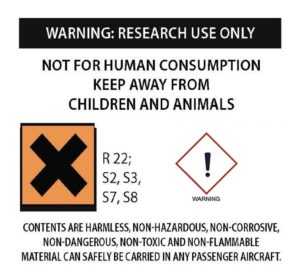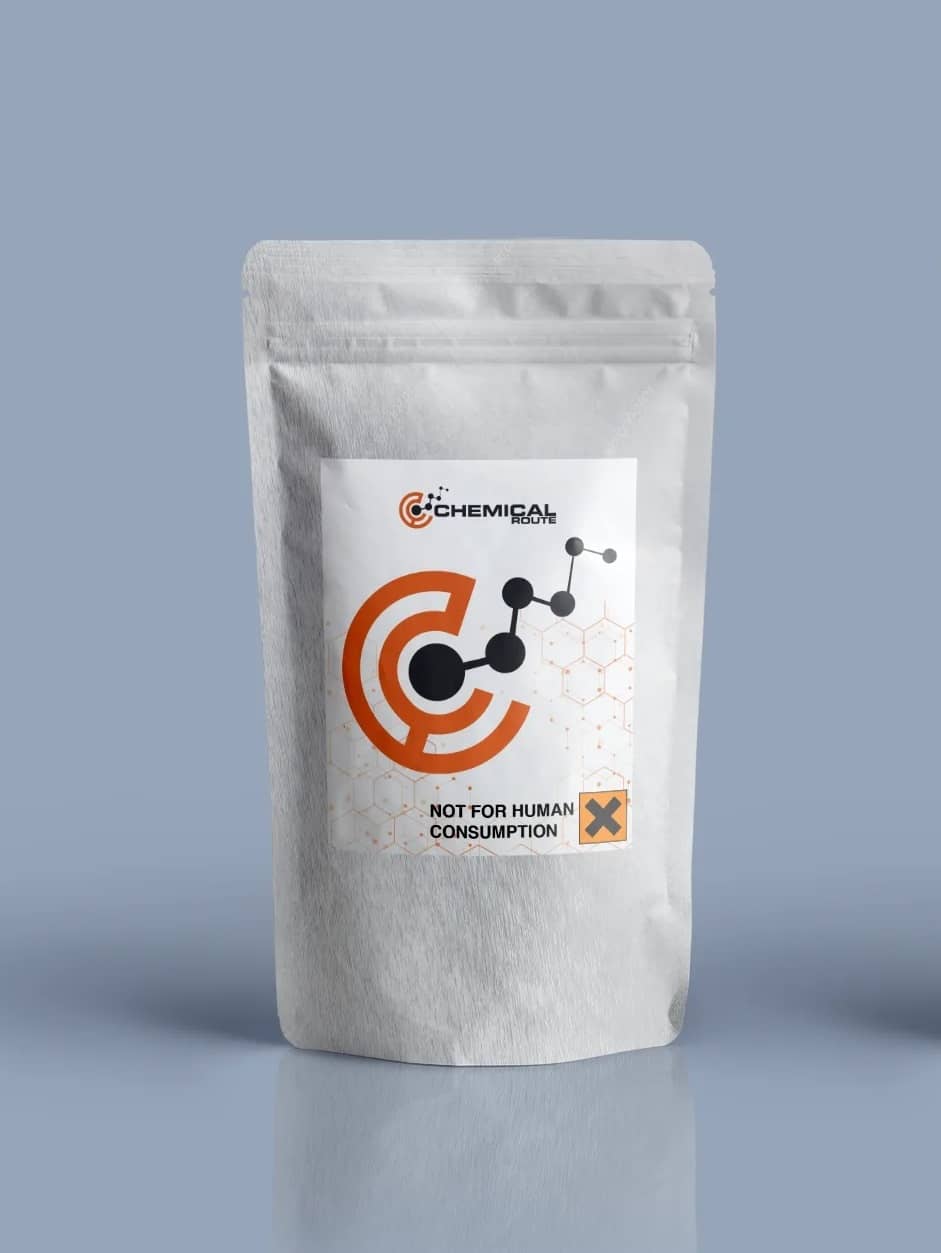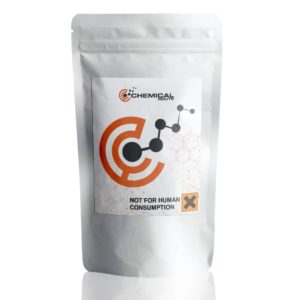Description
α-Ethyltryptamine, αET, AET
Product information
IUPAC-name 1-(1H-indol-3-yl)butan-2-amine
Synonyms α-Ethyltryptamine, αET, AET, Monase, alpha-Ethyltryptamine
Formal name 1-(1H-indol-3-yl)butan-2-amine
Cas number 2235-90-7
Formula C12H16N2
Molar Mass 188.274 g·mol−1
Purity 98.0 % min.
Formulation Powder, Solid, Crystals
Solubility
- DMF: 30 mg/ml
- DMSO: 10 mg/ml
- Ethanol: 30 mg/ml
- Ethanol:PBS(pH 7.2) (1:1): 0.5 mg/ml
α-Ethyltryptamine, αET, AET, Monase, alpha-Ethyltryptamine
This substance, also known as alpha-etryptamine, is a derivative of the tryptamine class. It was originally marketed as Monase by Upjohn in the 1960s. It is a psychoactive substance that can stimulate the nervous system.
It is a schedule 1 substance in the US. It can be used as a potent releaser of various chemicals, such as serotonin, dopamine, and norepinephrine. In tests, it was shown that α-ET was able to generalize to the PMMA and DOM. The ED50 values of these substances were around 0.4 and 0.7 mg/kg, respectively.
History
Originally, it was believed that alpha-ethyltryptamine can exert its effects through the inhibition of monoamine oxidase. However, it was withdrawn from the market due to an adverse reaction called agranulocytosis.
During the 1980s, it became popular as a designer drug. However, in the US, it was placed on the list of illegal substances in 1993.
Pharmacology
It is structurally similar to the drugs α-MT and -methyltryptamine. It is believed that the central stimulant activity of this substance is not due to its active form of an MAOI, but rather its relationship with the indoles. Compared to other drugs, such as MDMA, α-ET is less likely to cause hallucinogenic effects.
Like α-MT, it is also a releasing agent of various chemicals, such as dopamine, serotonin, and norepinephrine. It can also act as a non-selective agonist of the serotonin receptor. In 1991, a study revealed that a-ET can cause neurotoxic effects similar to those of MDMA. These effects can occur when combined with other drugs that are known to be harmful to the nervous system.
The toxicological and physiological properties of this compound has not been analyzed. Usage of this Chemical should be for research and forensic purposes only.
WARNING This product is not for human or veterinary use.

This product is only available to persons of 21 years old and above.
Hazard statement(s)
| H302 | Harmful if swallowed |
| H315 | Causes skin irritation |
| H319 | Causes serious eye irritation |
| H332 | Harmful if inhaled |
| H335 | cause respiratory irritation |
| H336 | cause drowsiness or dizziness |
| Precautionary statement(s) | |
| P264 | Wash hands thoroughly after handling |
| P280 | protective gloves/protective clothing/eye protection/face protection |
| P305 + P351 + P338 | IF IN EYES: Rinse cautiously with for several minutes. Remove contact lenses, if present and easy to do. Continue rinsing. |
| P337 + P313 | If eye irritation persists: Get medical advice/attention |
| P261 | Avoid breathing dust/ fume/ gas/ mist/ vapors/ spray |
| P271 | Use only outdoors or in a well-ventilated area |
| P304 + P340 | IF INHALED: Remove victim to fresh air and keep at rest in a position comfortable for breathing |
| P312 | Call a POISON CENTER or doctor/physician if you feel unwell |
| P403 + P233 | Store in a well-ventilated place. Keep container tightly closed |
| P405 | Store locked up |
| P501 | Dispose of contents/container to a licensed disposal company |



Reviews
There are no reviews yet.